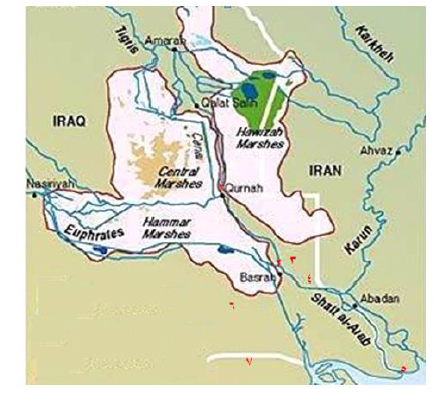Impact of Climate Change on Fisheries and Aquaculture Activities in Southern Iraq
DOI:
https://doi.org/10.17762/sfs.v7i3.91Abstract
The impacts on aquaculture and fisheries sectors from climate change in the southern part of Iraq will likely to be both positive and negative arising from direct and indirect impacts on natural resources. The main elements of climate change that could potentially impact fisheries and aquaculture activities in Iraq are temperature, rain patterns, shortage of freshwater, circulation, upwelling, sea level rise and sea water intrusion in the estuarine areas. Impacts on aquaculture production, aquaculture dependent livelihoods and indirect influences through availability of feed ingredients are discussed. Global warming is likely to be small on aquaculture practices. It may be positive by enhancing growth rates of cultured stocks or negative through impact on water availability, weather patterns, stratification and eutrophication in lentic waters. Based on current practices of fish culture in Iraq, that is predominantly based on species feeding low in the food chain, the greater availability of phytoplankton and zooplankton through eutrophication could possibly enhance production. The predicted water stress is thought to result in decreasing water availability in major rivers which can affect that used for aquaculture. There is a need for 11,500 cum/m3 in extensive fish culture and 30,100 cum water / ton fish in intensive fish production. Non consumptive uses of water in aquaculture, such as cage culture and the use of small lentic waters for culture systems based on naturally produced feed within the water system are being encouraged. The predicted reduced water availability in Tigris and Euphrates river system and Shatt Al-Arab Estuary has to be considered in conjunction with saline water intrusion in the rivers and adjoining wetlands. Sea level rise and consequent increased salt water intrusion in Shatt Al-Arab estuary imposes adaptations to the related impacts by operations that culture species with high salinity tolerance.
The study also discussed the effect of climate changes on the inland freshwater fisheries and marine fisheries in addition to the adaptive physiological mechanisms that accompanied such changes.










